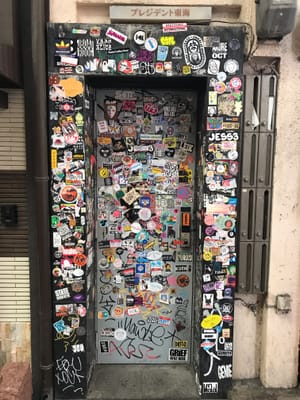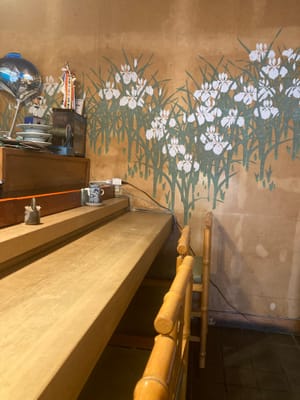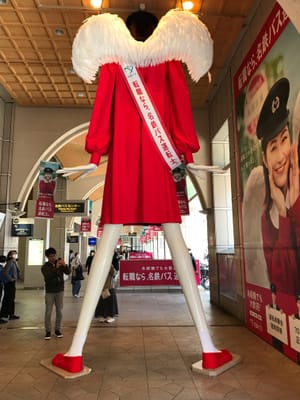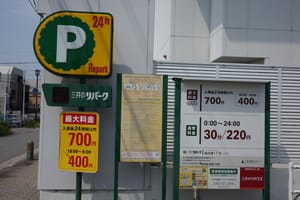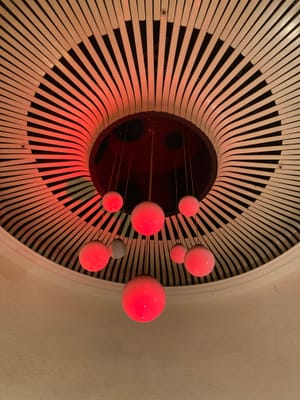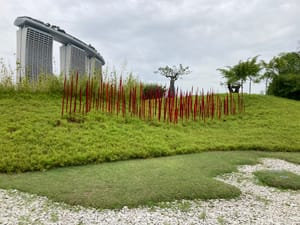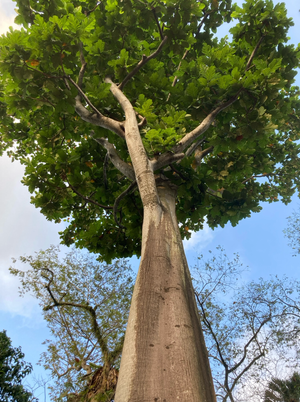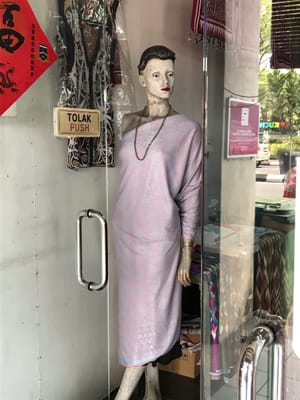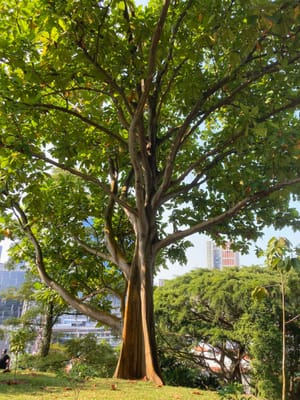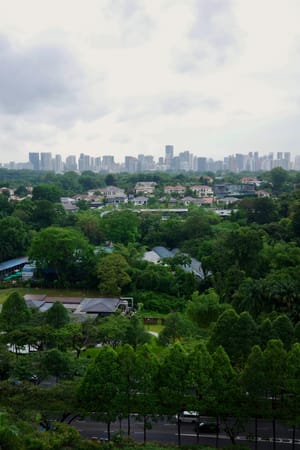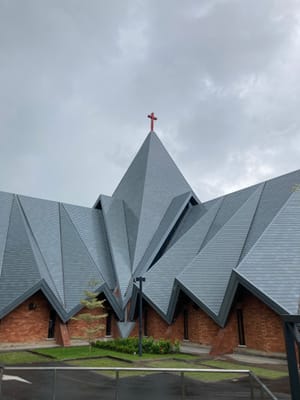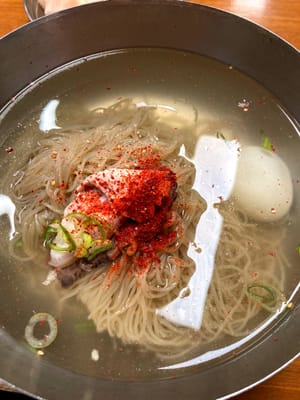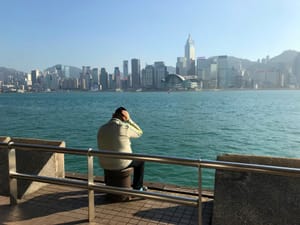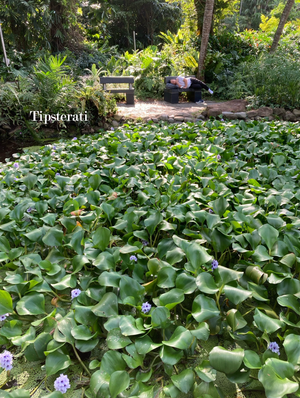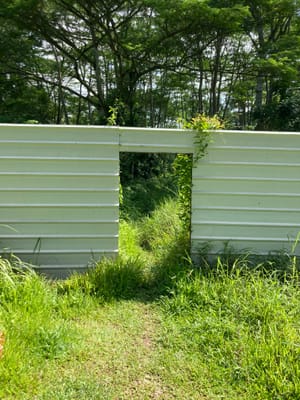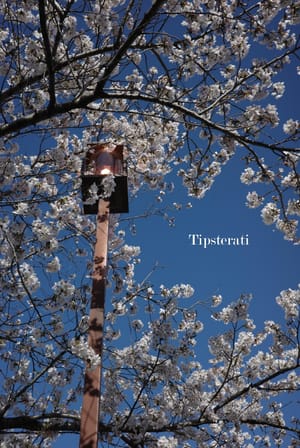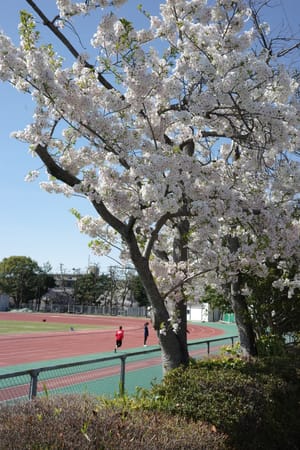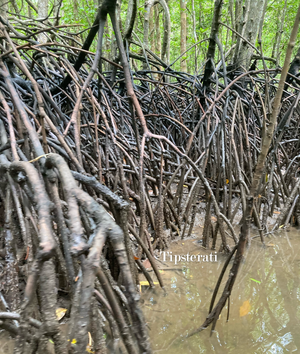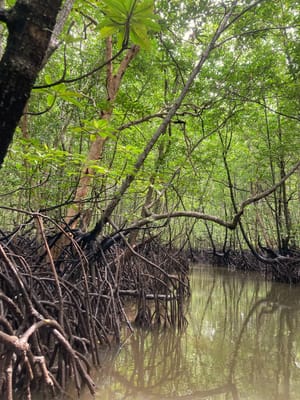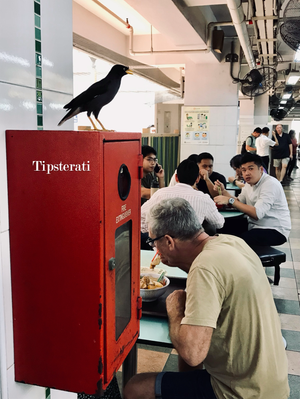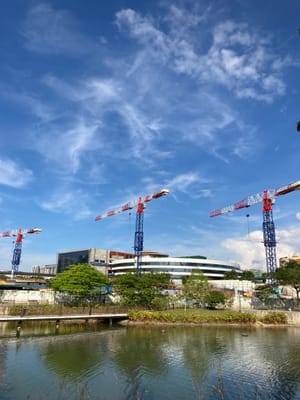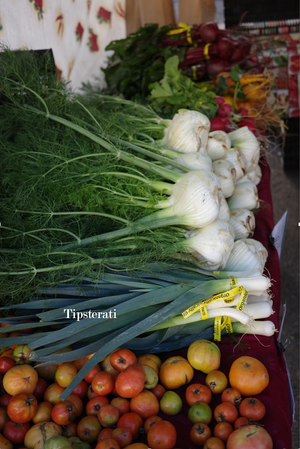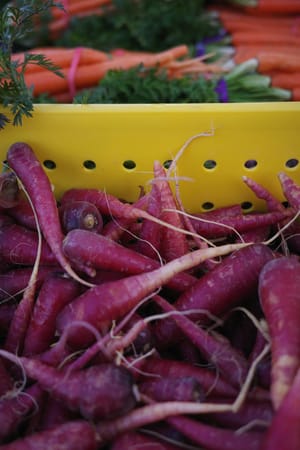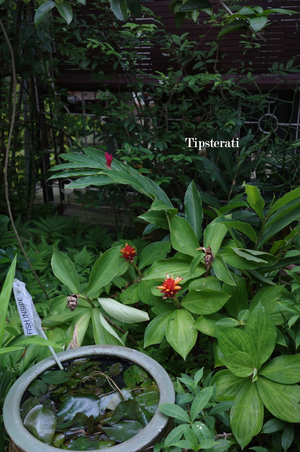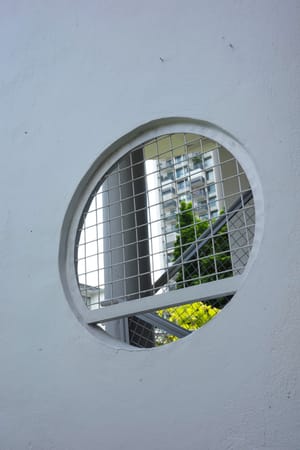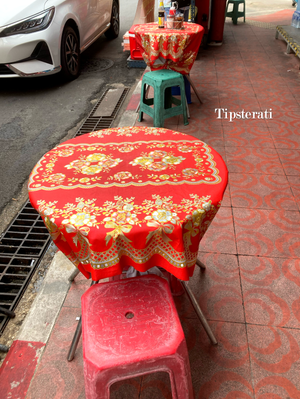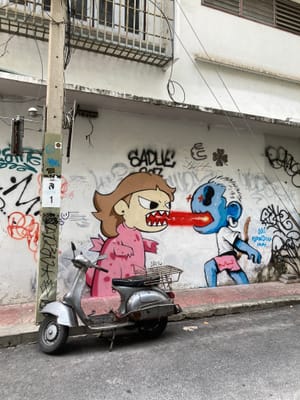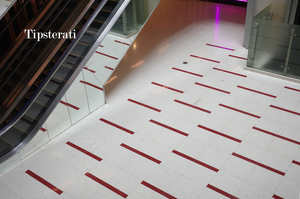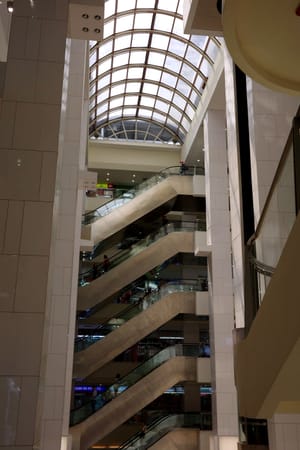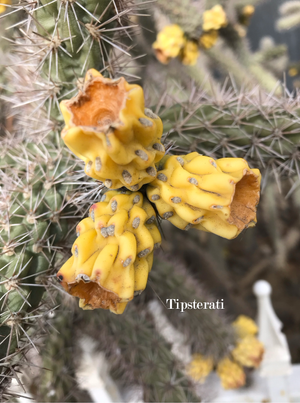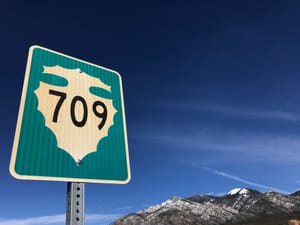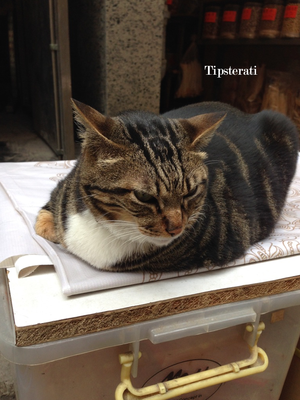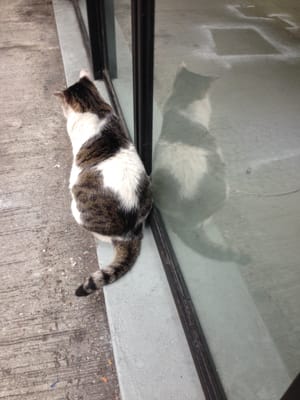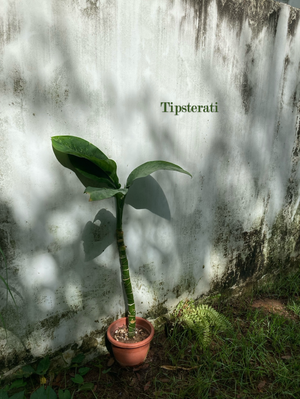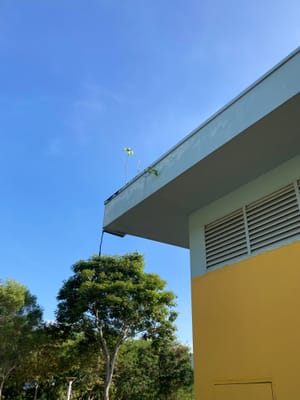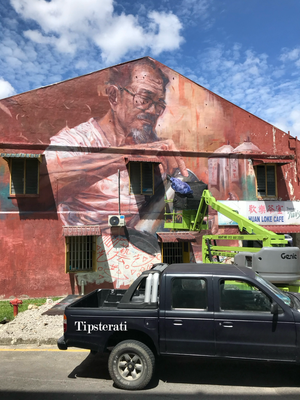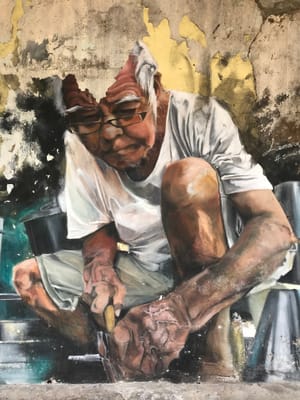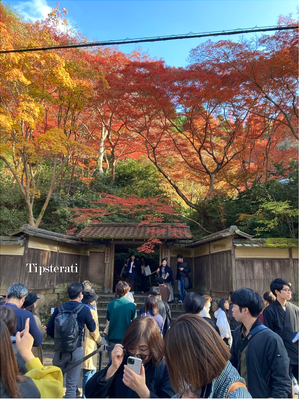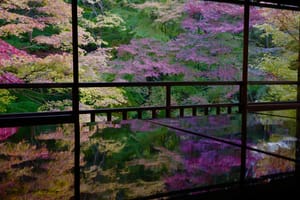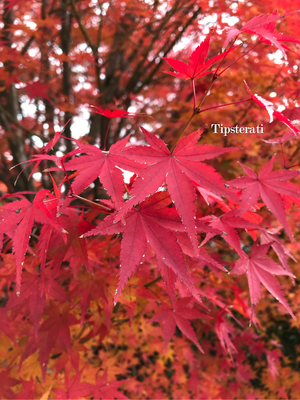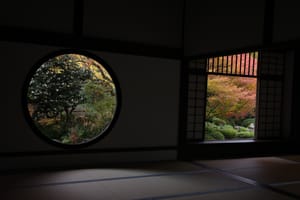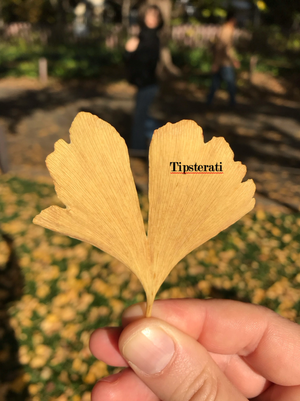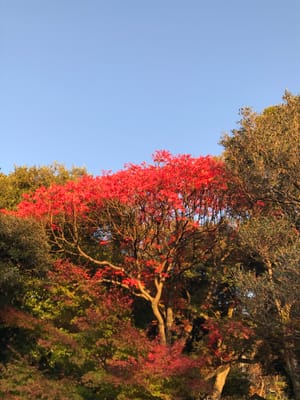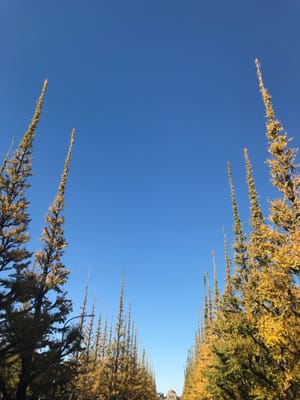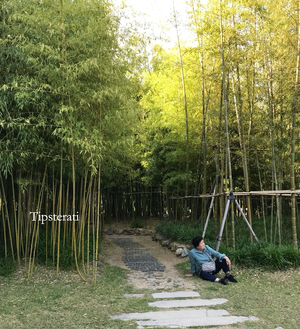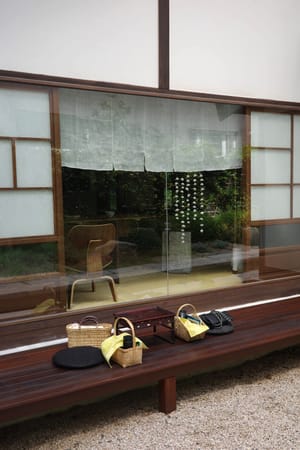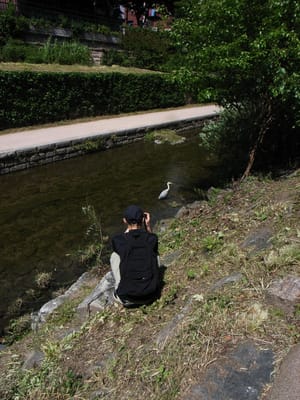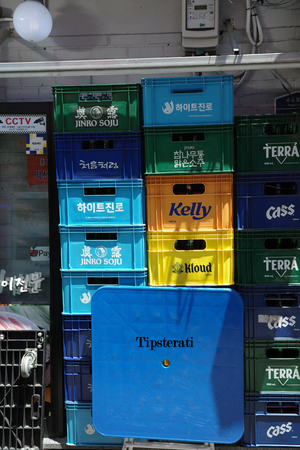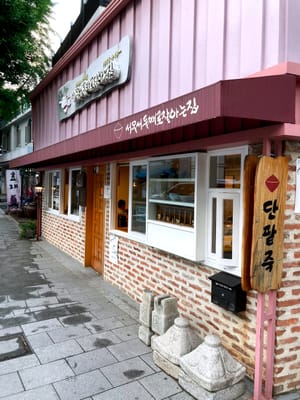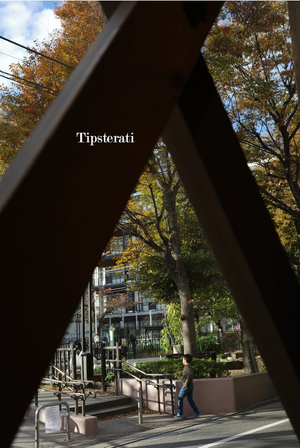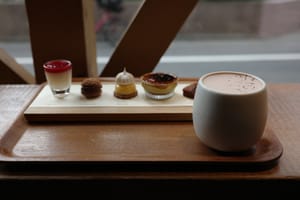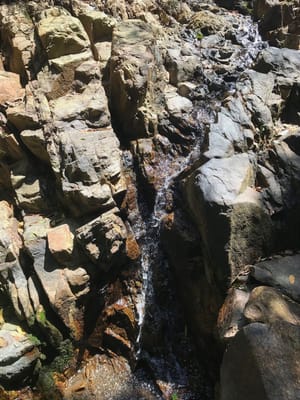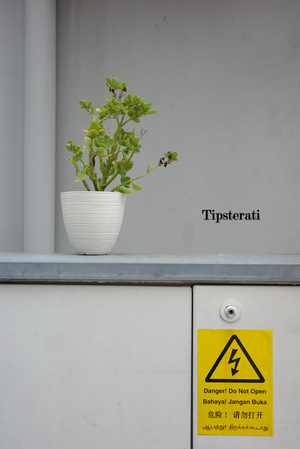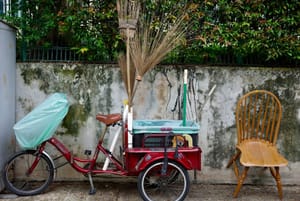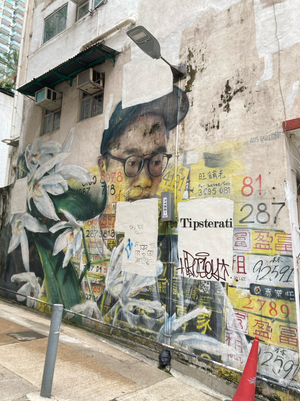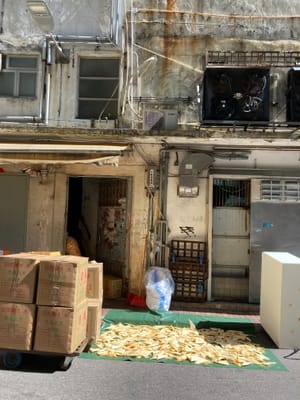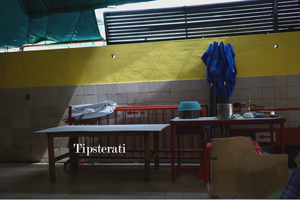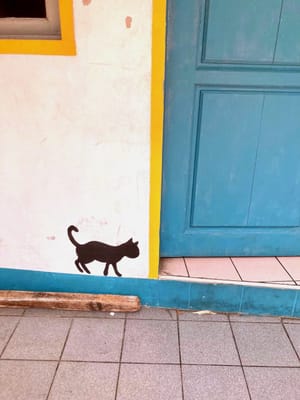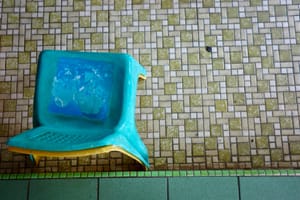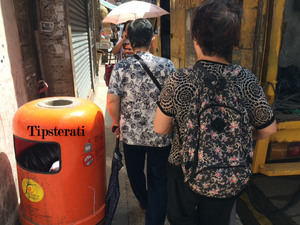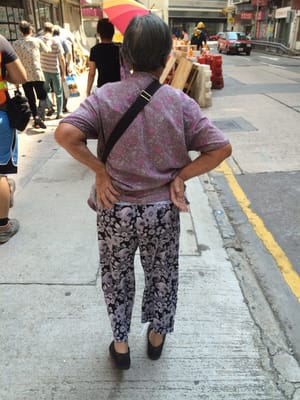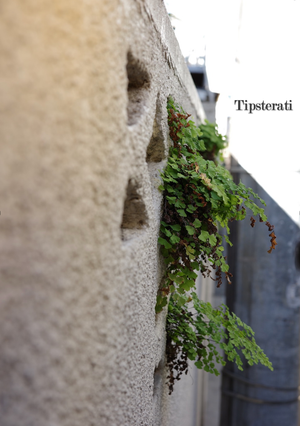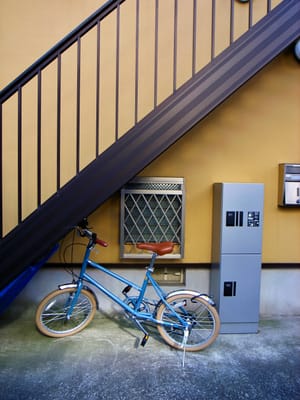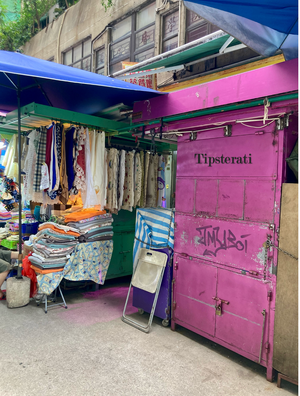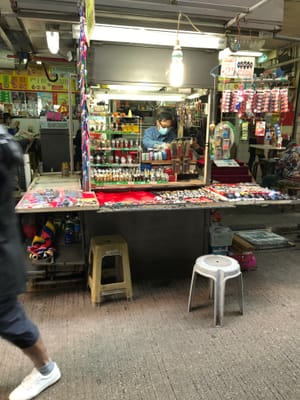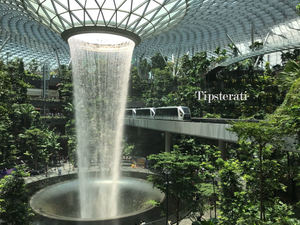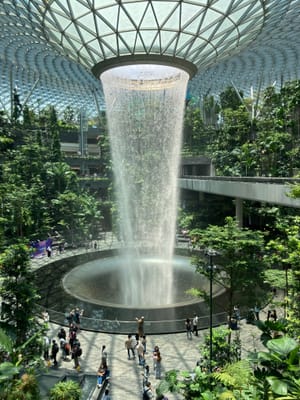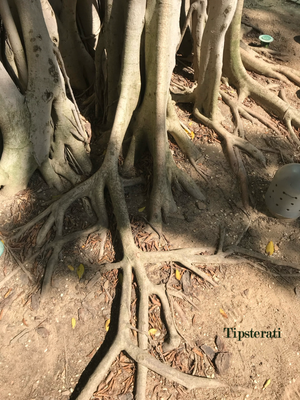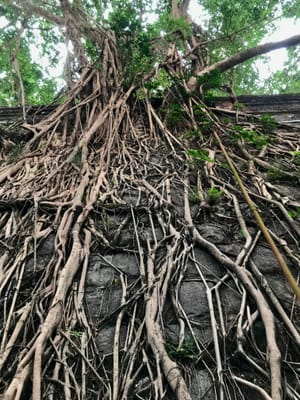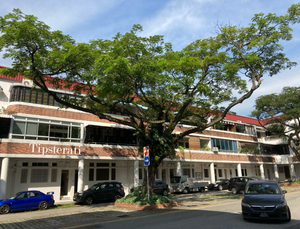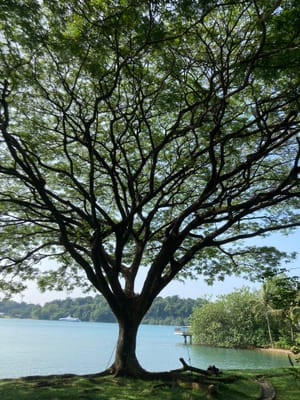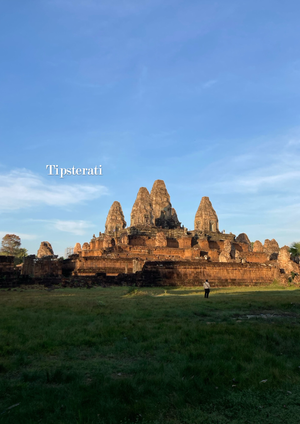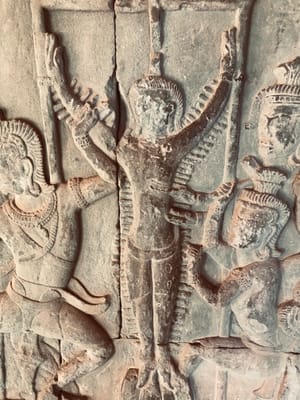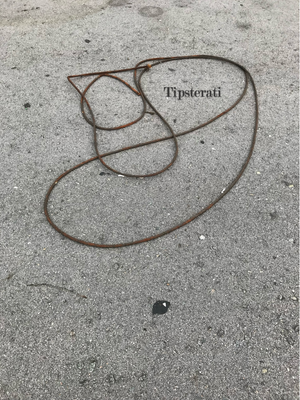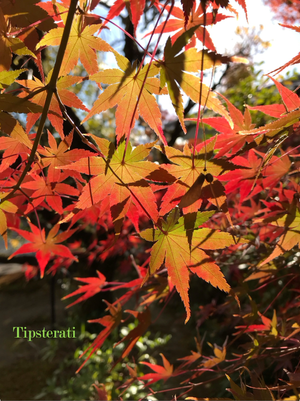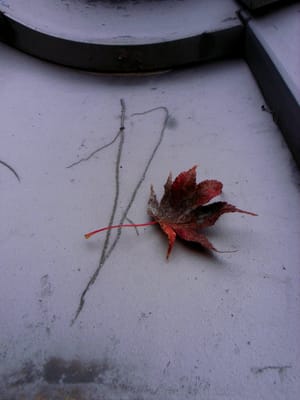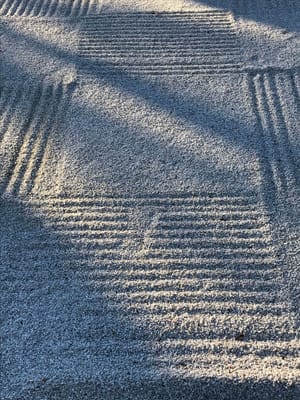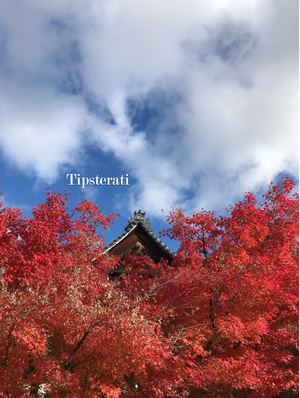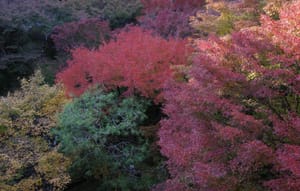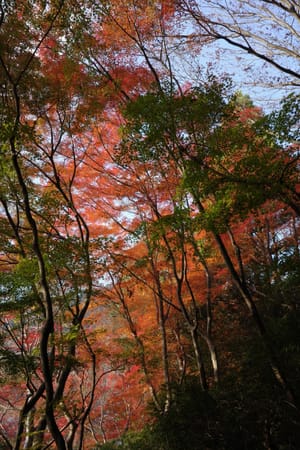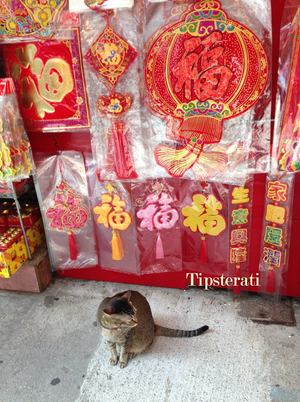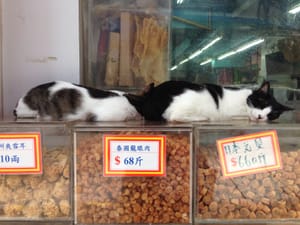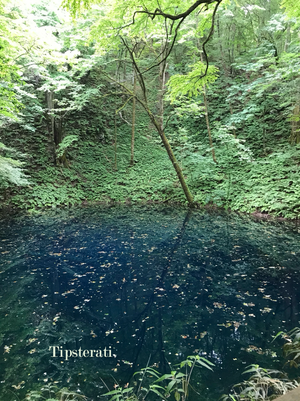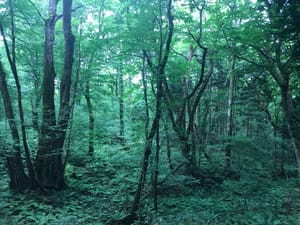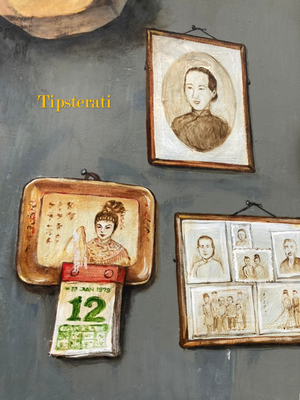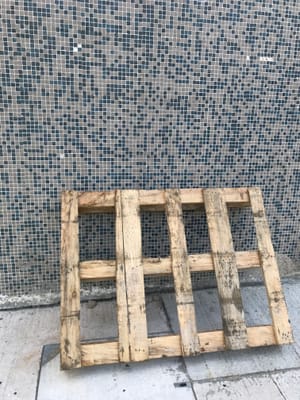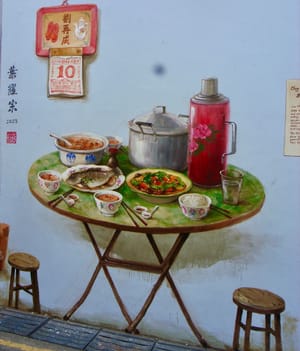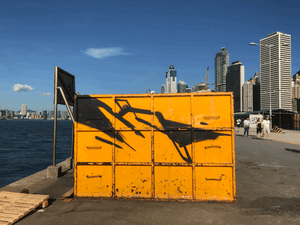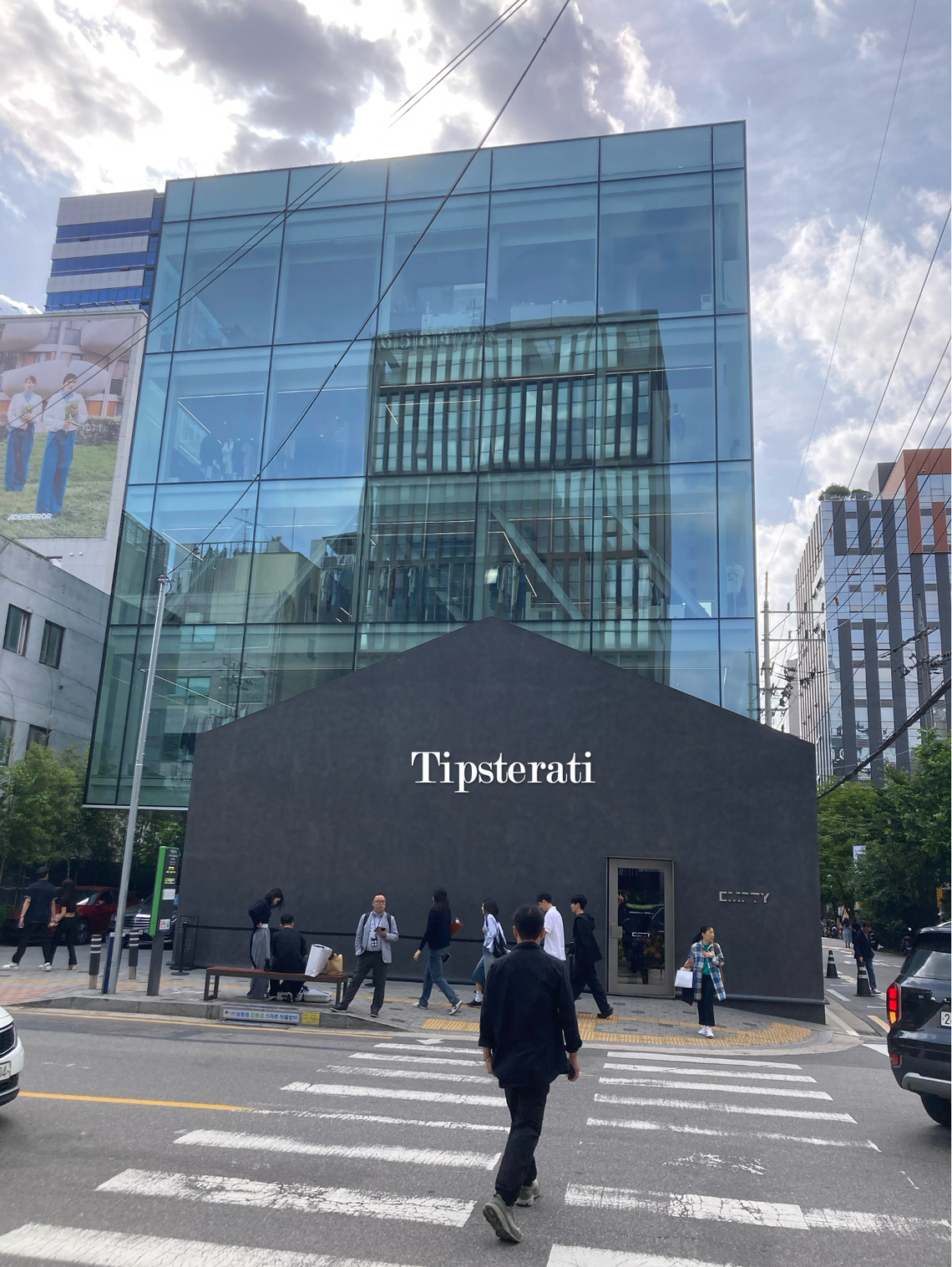
Exploring Seoul: Part 2
Itinerary 3: Seongsu-dong
A former industrial area, this has become the Brooklyn of Seoul and everyone is here hanging out at the many airy cafes (transformed from warehouses), walking the busy streets, and hopping in and out of the trendy boutiques. Look out for Daelim Changgo, the café that kicked off the rise of Seongsu-dong as the place to be. Café Onion (mentioned previously) also has a Seongsu outpost and is a stunning example of how to be a modern café while honouring the industrial past of the area. I would also keep an eye out for the few remaining leather workshops. You might discover some great lambskin bags handmade by a veteran leather artisan.
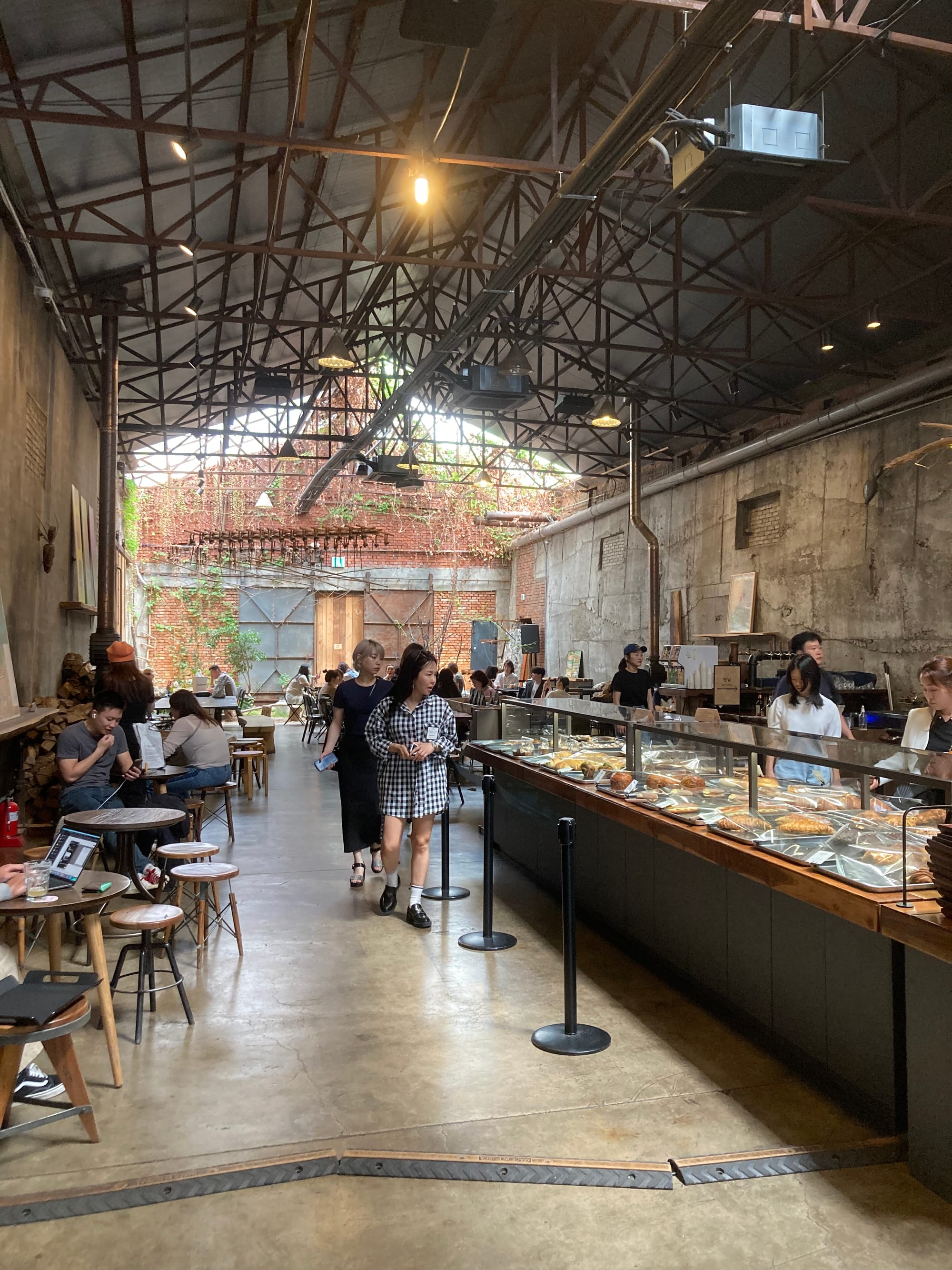
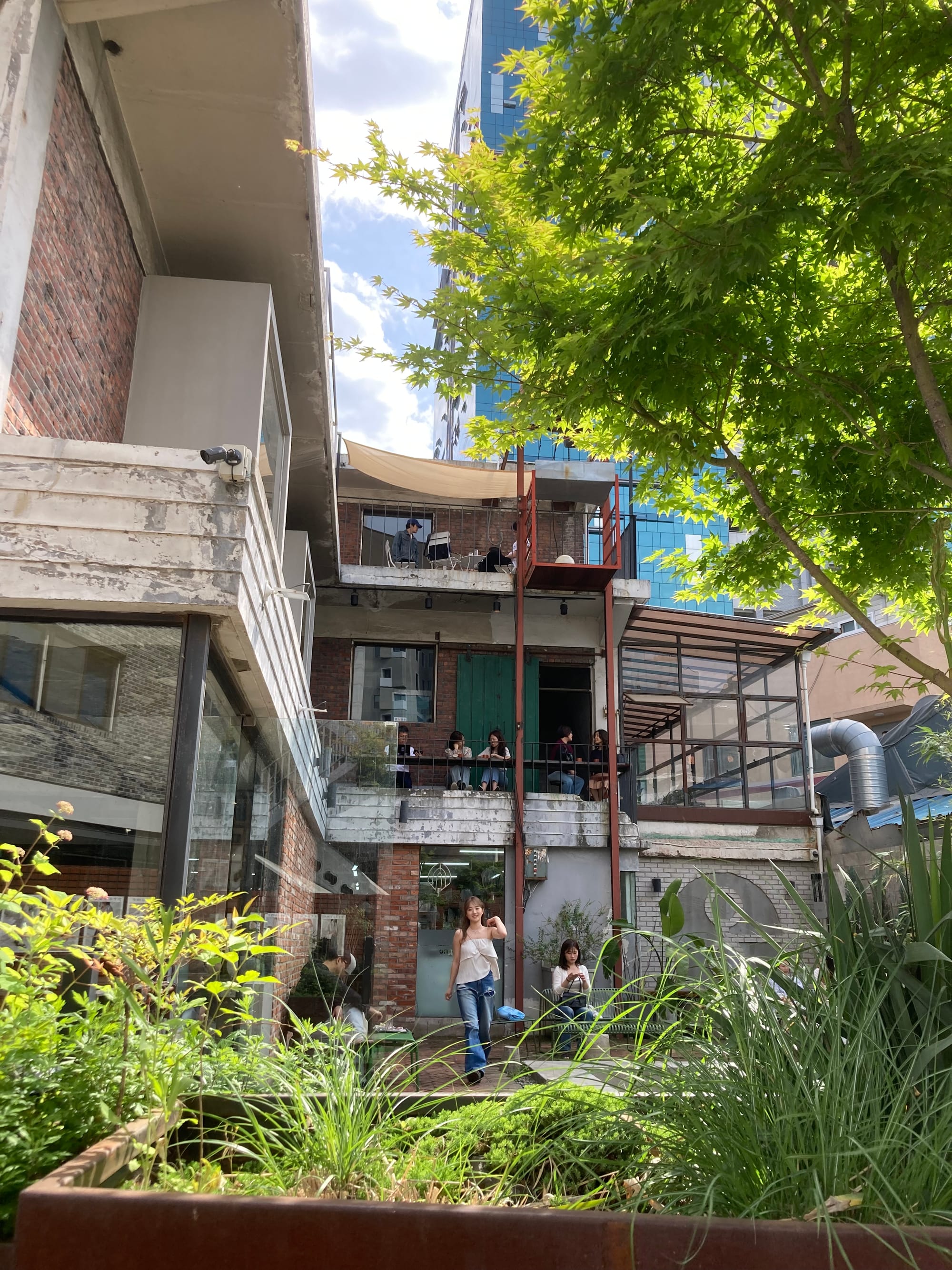
©Wendy Gan 2024
The main drags of Yeonmujang-gil and Seongsui-ro can get unbearably busy. If it all gets too overwhelming, head south towards the river. Here the pace of gentrification is slower and the crowds sparser, resulting in a more relaxed vibe. I recommend Vetiver for their croffles and their expansive glass windows with views of the industrial buildings that surround it. Kyewol Gomtang, ten minutes away by foot from Vetiver, is a Michelin Bib Gourmand-recognized eatery and would make a good place for a meal after a day of shopping and café hopping.
Where to stay
I won’t recommend a specific hotel, because there is a huge variety of options to fit every budget in Seoul. What I will suggest is that you choose a hotel based on the neighbourhood you would like to be in. Personally, I enjoyed staying in Insadong because it was walkable to many locations (Bukchon, Ikseondong, Euljiro, etc.) and you have Line 1 subway access to Seoul Station via Jonggag station, which is useful if you plan to take the airport train or the KTX high speed trains to other cities in Korea.
Myeongdong is popular with tourists, though my Korean friends say it is only for tourists these days. Hongdae could also be a good choice. With a high concentration of universities, Hongdae is geared towards the young and is a lively area full of eateries and shops.
If you’d like to stay in a flat or house that has a bit more character and is rather more off-the-beaten path, you might want to check out Stayfolio. Most of their offerings are not in popular tourist areas, so you would get a very different perspective of the city. Do be warned, though, that a number of them are not close to the subway and you will have to use the bus system instead.
Also note that some hotels have a very late check-in time. If you are arriving early on a long-haul flight, you might want to book a day-use hotel room for US$30-50 so that you can rest for a few hours. Agoda has a day-use hotel search option.
Where to eat
I’ve already highlighted a few places from our previous post, but here are some other suggestions.
Pildong Myeonok
This is one of the most popular naengmyeon eateries in Seoul. We discovered by accident that the best time to come is actually between 7:20-7:45 pm, just before they close their doors at 8 pm. The queue is less formidable by then, and if you are lucky, you might be seated and eating within 15 minutes. Order a plate of mandu (dumplings) along with your noodles because Pildong’s kimchi (served only with mandu) is incredibly delicious. The dumplings are unseasoned, so make sure to dip them into some soy and vinegar.
Solsot Pot Rice House (Ikseondong)
They specialise in hot pot rice. I’d recommend the steak or the scallop and snapper set. There is a method to eating your meal here. First, you scoop out the rice and meat from the hot pot. Then you add water to the pot and replace the lid. As you eat, the water will soften the crust of rice in the pot and you will have a kind of flavoured congee to finish your meal with.
Jeon-ju Bibimbap
For the uninitiated, bibimbap is a dish of rice with toppings (mostly vegetables with your choice of meat) that you mix together with gochujang (Korean chili paste—don’t worry, it’s not spicy). Near Seoul Station Exit 3, this is a great place if you need a bite before catching a train. Lunch service will be busy because the eatery caters mostly to office workers in the area. Dinner service is more relaxed. They also do a pork belly barbecue if you don’t fancy bibimbap. Please note that the restaurant is in the basement of Wise Building and is closed over the weekend.
Shopping
Seoul is a shopping mecca, but I will focus here on more traditional wares and snacks.
Korean paper
If you are a lover of handmade paper, you will need to stop at the numerous paper shops in the Insadong area. If travelling with a roll or two of these beautiful sheets is too cumbersome, look out then for the traditionally bound notebooks made of Korean paper also sold in these shops. Some of them are very light and make perfect travel notebooks.
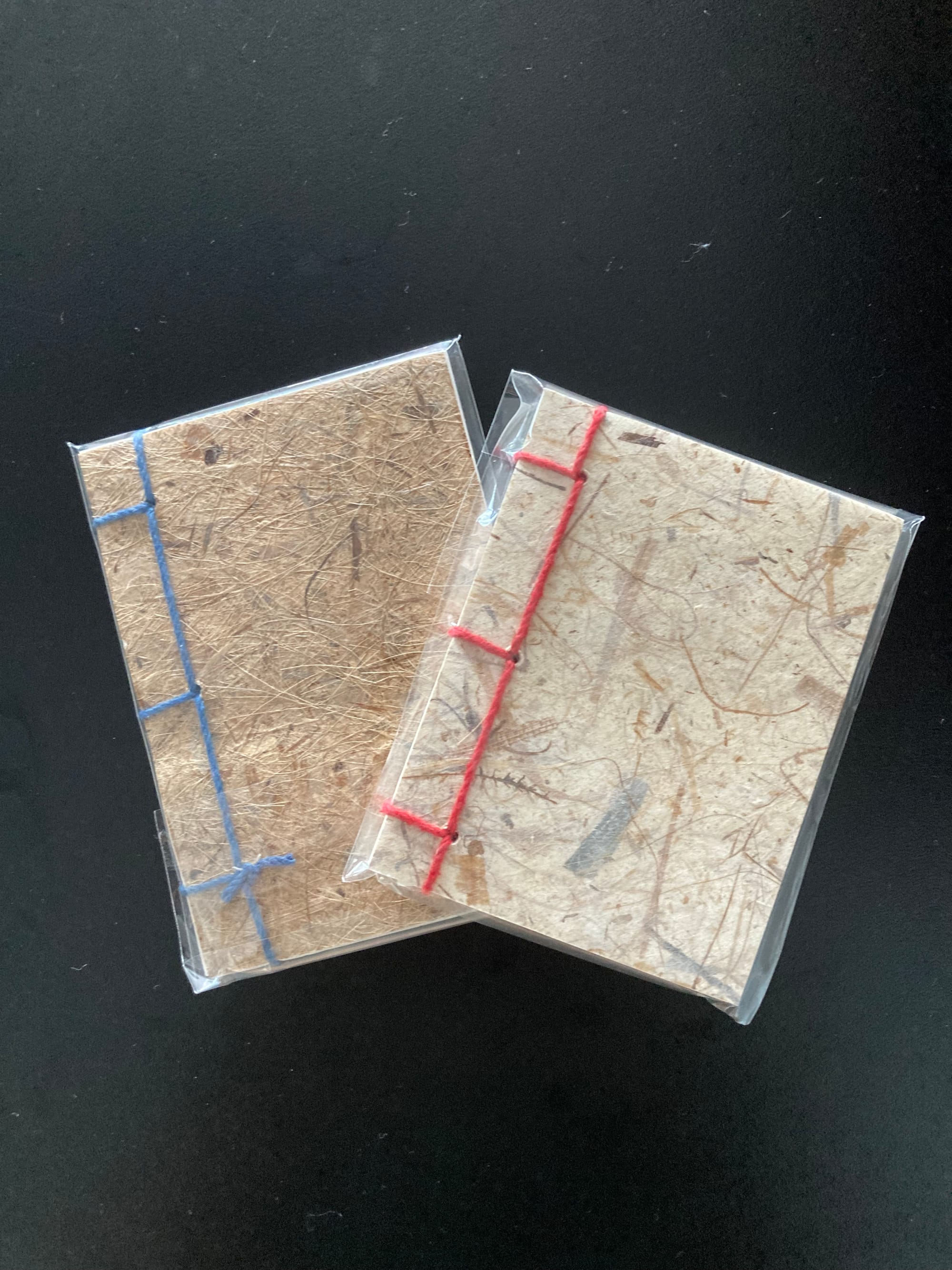
Traditional Korean garments
모둠삼방 종로점, at the corner of Insadong 9-gil and Ujeongguk-ro, is a shop that specialises in traditional Korean garments, usually made of linen or cotton. Some of the designs have been modernised, so you could pick up a top or bottom and wear them with pieces you already own in your wardrobe. It would make for a stylish memento of your trip.
Hangwa Miuisik in Annyeong Insadong
If you have a bit of a sweet tooth, you might enjoy this modern purveyor of Korean traditional pastries and sweets. Taste one of their samples and you might be surprised to find that the sugar levels are, in fact, quite restrained. I thought their yagwa (fried glutinous rice dough squares soaked in honey) was exceptional, as were their puffed rice and seed bars (similar to granola bars).
Tips
· You may have already noticed that Google Maps only provides public transportation routes and nothing for walking directions. This is because Google servers are hosted outside of South Korea and this has been deemed a security risk, given the situation with North Korea. So, to help you get around you will need to download Kakao Map instead. The app can recognise some English, but for most locations, you will need the Korean-language name of your destination or its Korean-language address for Kakao Map to know what you are searching for. This means toggling between Google Maps and Kakao, which is rather a pain. By the end of my stay, I was navigating using Google Maps with location services turned on and using GPS to judge whether I was getting closer to my destination, instead of worrying about and following a recommended route. I found this easier in the end than using Kakao Map. Kakao Map is fantastic with bus directions, though, and we had seamless bus changes whenever we needed to transfer from one bus to another, so it is still worth having it on your phone.
· Kakao Map recognises most hotel names in English. You can then save your hotel as favourites on Kakao Map. This will free you up from having to key it into the app each time.
· Taxi drivers will need addresses written in Hangul and not the romanized English versions. Google Maps will have the Korean language address, so make sure to have that ready or get help from your hotel concierge.
· Kakao T is a taxi boking app that every Korean uses. We were lucky, however, to never need to use it. Partly, we were lucky to live in areas where taxis were plentiful and easy to flag down from the street, or else the hotel receptionists were able to use their Kakao T app to book a car for us. Still, I would have it downloaded and set up for use, because you never know when you might need it.
· The Google Translate app isn’t too accurate for English to Korean translations, so I was recommended Papago as an alternative translation app. Neither is perfect, however. Nonetheless, it is handy to have at least one of these apps on your phone to help out in a pinch.
· If you tire of urban stimulation, just walk along the banks of the Cheonggyecheon or sit for a while by the water and let nature restore your equilibrium.
